История России. Рюрики. 33 ДМИТРИЙ ДОНСКОЙ
- Подробности
- 1417
На этой странице вы ознакомитесь с основными фактами о ДМИТРИЕ ДОНСКОМ. Текст озвучен. Даны ключевые слова для запоминания. После изучения текста вы можете проверить себя, чтобы убедиться в понимании материала.
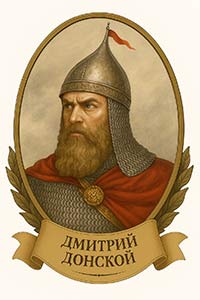
| № | Английский | Русский |
|---|---|---|
| 1 | Dmitry Ivanovich, nicknamed “Donskoy,” was born in 1350 and lived for 38 years. (1359–1389, 30 years) – great-great-grandson of Alexander Nevsky, Grand Duke of Moscow, Vladimir and Novgorod. | Дмитрий Иванович по прозвищу «Донской» родился в 1350 году и прожил 38 лет. (1359–1389, 30 лет) — праправнук Александра Невского, великий князь Московский, Владимирский и Новгородский. |
| 2 | Nicknamed Don for his victory over Mamai in the Battle of Kulikovo – the famous Massacre of Mamai. | Прозвище «Донской» он получил за победу над Мамаем в Куликовской битве — знаменитом Мамаевом побоище. |
| 3 | The Kulikovo field is located in the southeast of the Tula region at the confluence of the Nepryadva and the Don. | Куликово поле расположено на юго-востоке Тульской области, у впадения Непрядвы в Дон. |
| 4 | The defeat of Mamai weakened the Mongol-Tatars and marked the beginning of the fall of the Golden Horde. | Поражение Мамая ослабило монголо-татар и стало началом падения Золотой Орды. |
| 5 | Having defeated Mamai, Dmitry Ivanovich made Moscow the center of gathering Russian lands. | Разбив Мамая, Дмитрий Иванович сделал Москву центром собирания русских земель. |
| 6 | He returned the Principality of Vladimir, which had passed to the Suzdal princes under his father Ivan the Red. | Он вернул Владимирское княжество, отошедшее Суздальским князьям при его отце Иване Красном. |
| 7 | During his reign, the white-stone Kremlin was built in Moscow, and the city began to be known as white-stone. | При нём в Москве был построен белокаменный Кремль, и город стали называть белокаменной. |
| 8 | He also built fortresses at the Simonov and Andronikov monasteries. | Он также построил крепости при Симоновом и Андрониковом монастырях. |
| 9 | During his reign, the metropolitan again moved to Moscow from Lithuanian Rus'. | Во времена его правления митрополит вновь переехал в Москву из Литовской Руси. |
| 10 | Dmitry Ivanovich expanded his principality eastward and northward into the Permian lands. | Дмитрий Иванович расширил княжество на восток и север — до Пермских земель. |
| 11 | A silver coin was minted for the first time under his rule. | При нём впервые была отчеканена серебряная монета. |
| 12 | His military campaigns to the west were not successful. | На западе его военные походы оказались неудачными. |
| 13 | Under him, Moscow lost control over Tver and Smolensk. | Московское княжество утратило контроль над Тверью и Смоленском. |
| 14 | During this time, a new state arose in the western Rus' lands – the Grand Duchy of Lithuania. | В это время на западнорусских землях возникло новое государство — Великое княжество Литовское. |
| 15 | Later, the inhabitants of these principalities would be called Belarusians. | Позднее жителей этих княжеств назовут белорусами. |
| 16 | In addition to the Mongols, Dmitry had to fight the prince of Tver, who repeatedly tried to capture Moscow. | Кроме того, Дмитрий вынужден был воевать с тверским князем, стремившимся захватить Москву. |
| 17 | During Dmitry’s reign, the holy hermit St. Sergius of Radonezh was highly respected and gave his blessing to defeat Mamai. | Во времена правления Дмитрия Ивановича святой отшельник Сергий Радонежский пользовался большим уважением и дал князю благословение на победу над Мамаем. |
| 18 | Realizing that the Ladder system of succession led to strife, Dmitry Donskoy introduced a new procedure for the transfer of power from father to son. | Понимая, что лествичная система наследования ведёт к междоусобицам, Дмитрий Донской установил порядок передачи власти от отца к сыну. |
| 19 | All princes since Ivan Kalita bore two titles: “Prince of Moscow” and “Grand Duke of Vladimir.” | Все князья начиная с Ивана Калиты носили два титула: «Князь Московский» и «Великий князь Владимирский». |
| 20 | It was Dmitry Donskoy who succeeded in unifying these two titles. | Именно Дмитрий Донской сумел объединить эти два титула. |
| 21 | Dmitry’s son, Vasily I, would already bear the title Grand Duke of Moscow. | Сын Дмитрия Донского — Василий I уже именовался Великим князем Московским. |
| 22 | The circumstances and cause of Dmitry Donskoy’s death in 1389 remain unclear and have not been clarified. | Обстоятельства и причина смерти Дмитрия Донского в 1389 году до сих пор не выяснены. |
| 23 | It was unlikely a murder, as he died in his chambers after a long conversation with his wife and children. | Вряд ли это было убийство, так как князь умер в своих покоях после долгой беседы с женой и детьми. |
| 24 | During this testament-like talk, he handed over power to his son Vasily and obliged him to strictly follow the will of his mother Evdokia. | Во время этой беседы-завещания он передал власть сыну Василию и обязал его строго слушаться матери Евдокии Дмитриевны. |
| 25 | He is revered as a saint by the Russian Orthodox Church. | Почитается Русской православной церковью как святой. |
ПРОСЛУШАЙТЕ ТЕКСТ
КЛЮЧЕВЫЕ СЛОВА:
ПРОВЕРЬ СЕБЯ:
1. When was Dmitry Donskoy born?
2. Why was he called “Donskoy”?
3. Where is Kulikovo field located?
4. Who was defeated at Kulikovo?
5. What city became the center of unity?
6. What principality did he return?
7. What was built in Moscow?
8. What monasteries had fortresses?
9. Where did the metropolitan move from?
10. Where did Dmitry expand his lands?
11. What coin was first minted?
12. Where did his campaigns fail?
13. What cities were lost?
14. What state rose in the west?
15. Who lived in those lands later?
16. Who else attacked Moscow?
17. Who blessed him to fight Mamai?
18. What system did he replace?
19. What titles were unified?
20. Who unified them?
21. Who was his son?
22. When did he die?
23. Was he murdered?
24. To whom did he hand over power?
25. How is he honored today?
ПРОСЛУШАЙТЕ ТЕКСТ
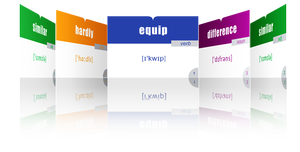



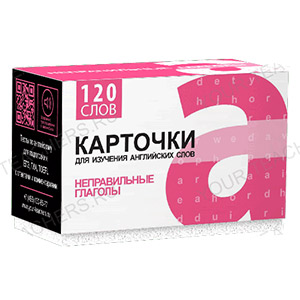
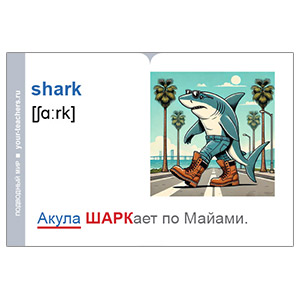
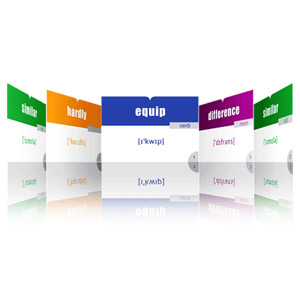
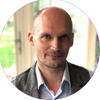
 Как правильно изучать английский язык по карточкам (статьи)
Как правильно изучать английский язык по карточкам (статьи)